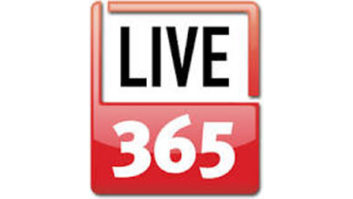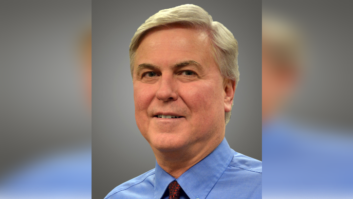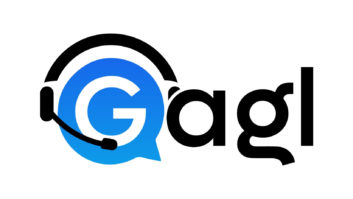The FM-HD rollout, including HD2, continues to roll along nicely. To date, almost 1,400 FM stations have licensed the Ibiquity standard. The majority of those are on the air; and according to estimates from Ibiquity and the alliance, the number of stations multicasting is near or more than 500 (estimates vary).
But what about AM? The story there is quite different.
Only 175 or so AM stations have even licensed AM-HD. For a number of reasons, quite a few have tried it and taken it off the air, or so the anecdotal evidence suggests. (Ibiquity no longer reports in its public summaries whether a station is on the air.)
Making AM-HD work well as a long-term investment is seen as an expensive and risky challenge for most stations and their owners. With the bulk of successful AMs airing news, talk and sports, the improved fidelity advantage of HD and stereo seem only marginally attractive. There is the significant downside of potential new interference to some of their own AM analog listeners as well as listeners of adjacent-channel stations. And of course we still have no nighttime authority for AM-HD.
What to do? In recent years engineers and others have proposed various ideas that would leave the AM band behind and coax the FCC into creating a new band for AM to which existing stations could migrate — an expanded version of the expanded band, if you will, where stations would be allowed to simulcast on both their old AM channel and their new one for a certain time frame until receivers adequately filled the market.
An attractive choice for such a band is TV Channels 5 and 6, which could be re-engineered to become available after the HD-TV migration is complete. Another idea picks the 25–27 MHz RPU and public service band once used by broadcasters, which has been all but abandoned because of skywave interference and is now overrun by rogue CB operators.
When the FM band moved in 1945 from 42–49 MHz to its 88–108 home, there was plenty of spectrum and public interest to justify creating an expanded new radio band. The idea of noise-free, high-fidelity radio held great promise for adding many stations and formats to better serve consumers. It took a while, but the mission was accomplished.
These conditions hardly exist today. The marketplace is heavy with hi-fi audio entertainment and information delivery systems. FM, satellite, iPods, MP3 players and the Internet have stolen much of AM radio’s potential audience. There is no public demand for another radio band to be created to “save” AM and added to the busy array of choices. Only AM stations with limited coverage areas that have lost audience would have any interest in advancing such a proposal.
The VHF TV channels left behind by the HD-TV conversion will be auctioned by the FCC to the highest bidders representing proponents of new technology. The only AM owners who might be capable of competing in such bidding wars would be the very large companies that already have successful AMs. Most are 50 kW full-coverage facilities with larger service areas than their FM sister stations. Given the massive installed base of radios that hear all AM stations, the owners’ best interests are served by staying put and eventually migrating to a better IBOC digital solution.
The Canadian DOC reportedly is considering adopting the Ibiquity format for FM but not for AM; Digital Radio Mondiale may be its AM choice. Ibiquity should take a long look at this development and seriously consider incorporating DRM into its AM system to make it more flexible and scalable. DRM could well become a more worthy option for AM stations and their digital future.
Regardless, developments in and around digital radio for AM are raising pressing concerns. Owners and regulators need to look at these questions closely.
— RW












